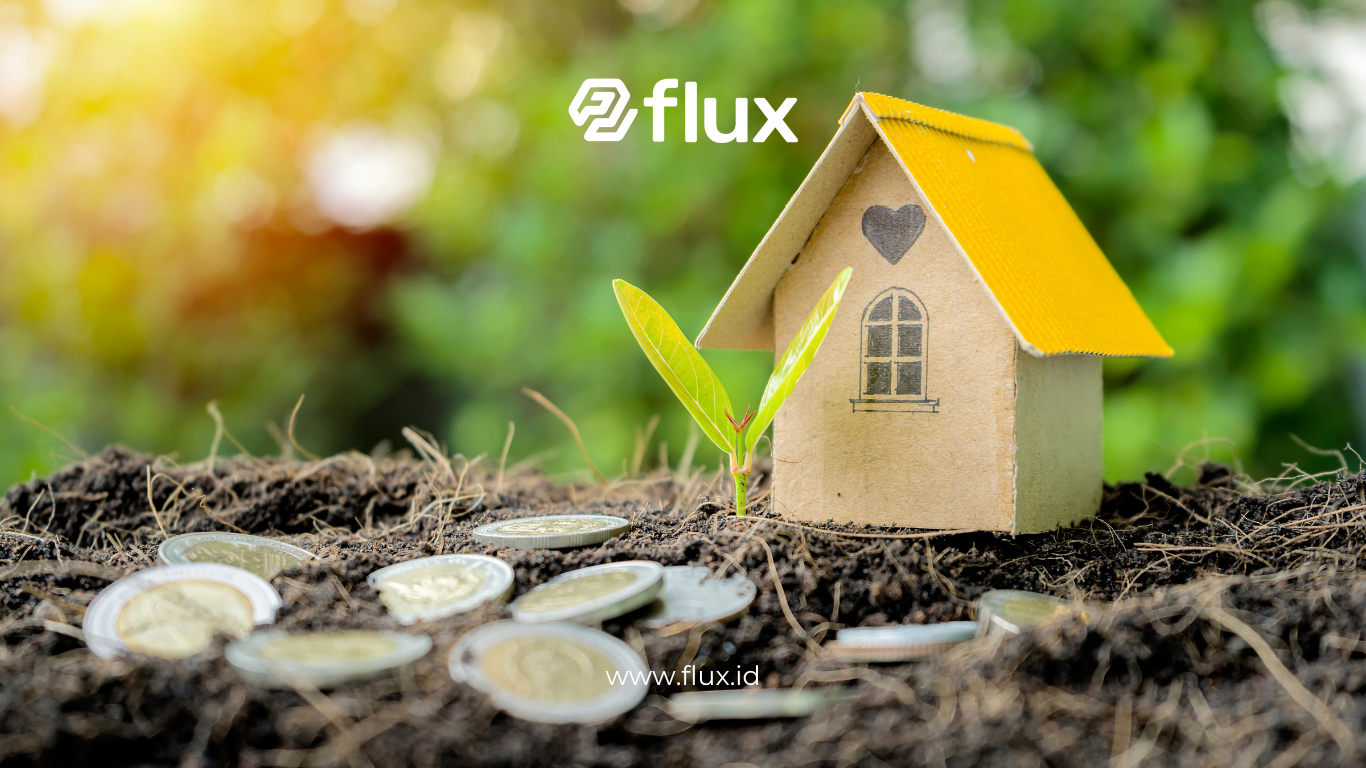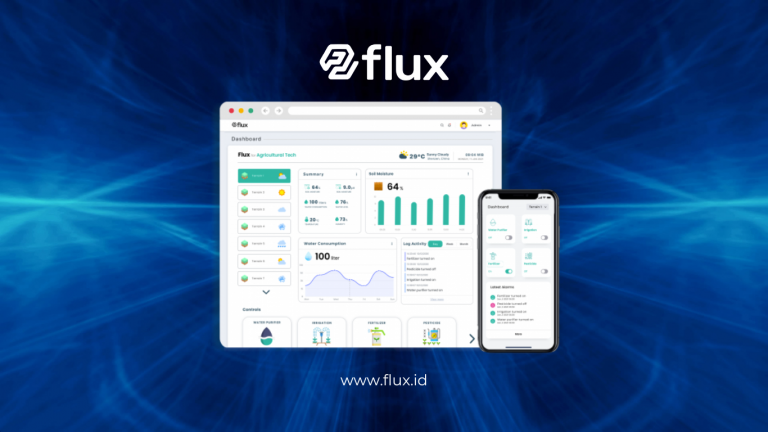Don't miss our holiday offer - 20% OFF!
The Internet of Things (IoT) has significantly transformed various sectors, particularly agriculture. This technology allows farmers to manage their fields with greater precision and efficiency. By monitoring soil quality, tracking weather changes, and controlling irrigation systems in real time, IoT supports smarter and more modern farming.
In this article, we will explore how IoT operates in agriculture, the technologies it employs, its benefits for farmers, and the challenges faced during its implementation.
Contents
What is IoT in Agriculture?
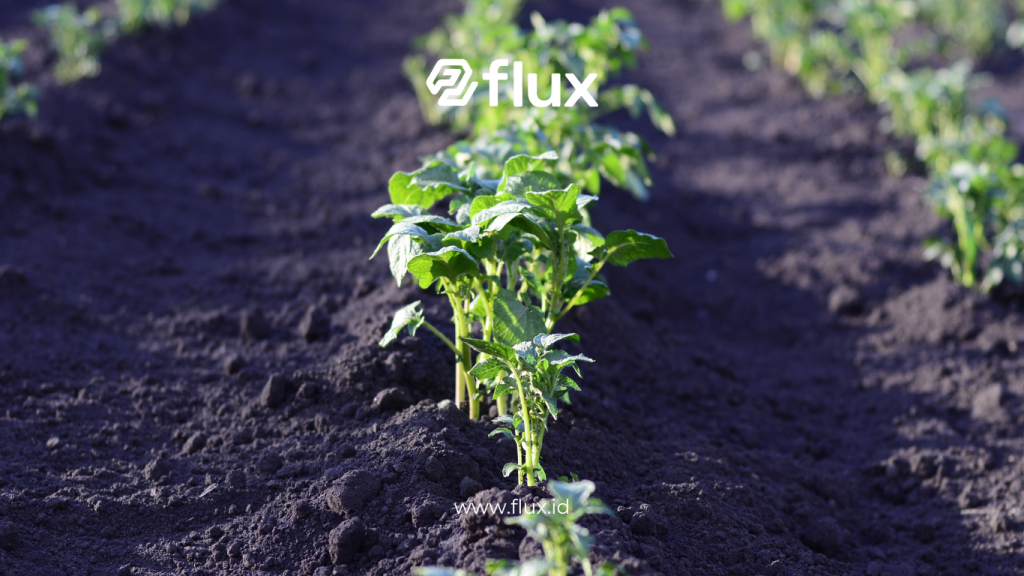
Read More: IoT Usage in Agriculture: From Soil Quality Monitoring to Harvesting
IoT in agriculture refers to the use of connected devices and sensors to gather, monitor, and analyze data from agricultural fields. This data enables farmers to make more accurate decisions about crop management, irrigation, and pest control.
This approach allows for precision farming, where every decision is based on real-time data. Examples of IoT in agriculture include soil sensors, crop monitoring cameras, and automated irrigation systems. These devices help farmers enhance productivity, reduce waste, and optimize resource use.
IoT Technologies Used in Agriculture
1. Soil and Moisture Sensors
Soil and moisture sensors track soil quality and moisture levels in real time. By using this data, farmers can determine the optimal time for irrigation. This approach prevents over-irrigation, conserves water, and maintains soil health.
2. Temperature and Weather Sensors
These sensors provide real-time updates on weather conditions, such as temperature, humidity, and wind speed. With this information, farmers can predict weather changes and take preventative measures, like shielding crops from heavy rain or extreme heat.
3. Field Monitoring Drones
Drones offer aerial views of agricultural fields, capturing images and videos to assess crop health and identify problem areas. By detecting early signs of pests or disease, farmers can address issues before they escalate.
4. Automated Irrigation Systems
Automated irrigation systems use sensor data to control water distribution automatically. This technology reduces water waste, increases efficiency, and ensures crops receive sufficient hydration.
5. Camera-Based Pest Monitoring Systems
AI-powered cameras detect pests in the field. The system alerts farmers immediately, enabling them to take swift action to prevent pest infestations from spreading, thereby reducing crop damage.
Benefits of IoT in Agriculture
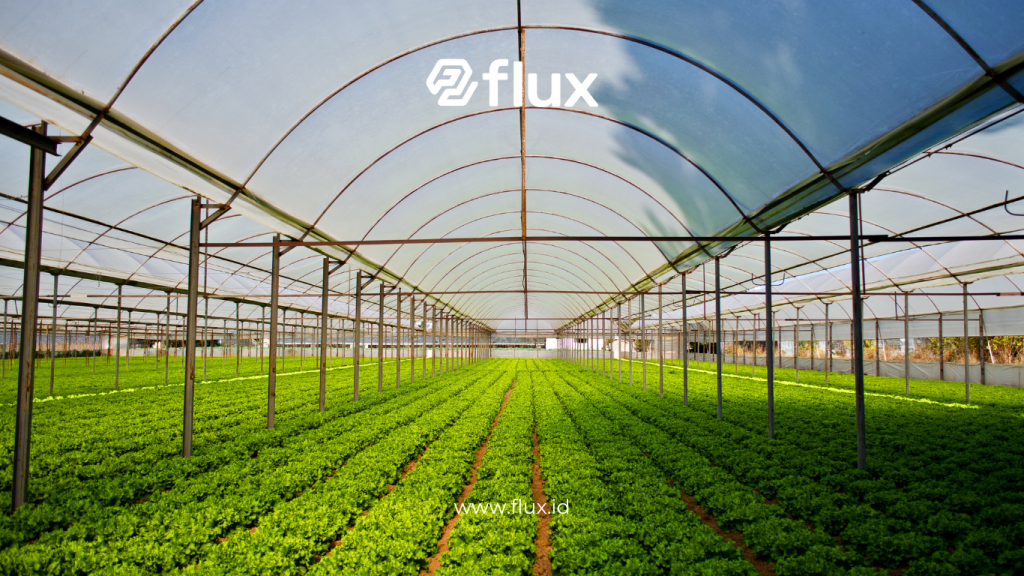
Read More: Transforming Agriculture with IoT: Technology for Smart Farming
1. Efficient Use of Water and Resources
Soil sensors and automated irrigation systems promote smarter water management. Water is supplied only when necessary, reducing wastage and conserving this vital resource.
2. Smarter Crop Management
With real-time data from sensors, farmers can make data-driven decisions on planting, fertilizing, and harvesting. This strategy ensures timely actions and better yields.
3. Early Detection of Pests and Diseases
AI-driven cameras and monitoring devices detect pests early. Prompt detection allows farmers to control pest populations before they cause significant crop damage.
4. Increased Productivity and Yield
IoT enables farmers to manage their operations efficiently, using fewer resources while increasing output. This leads to higher yields and greater profitability.
Challenges in Implementing IoT in Agriculture
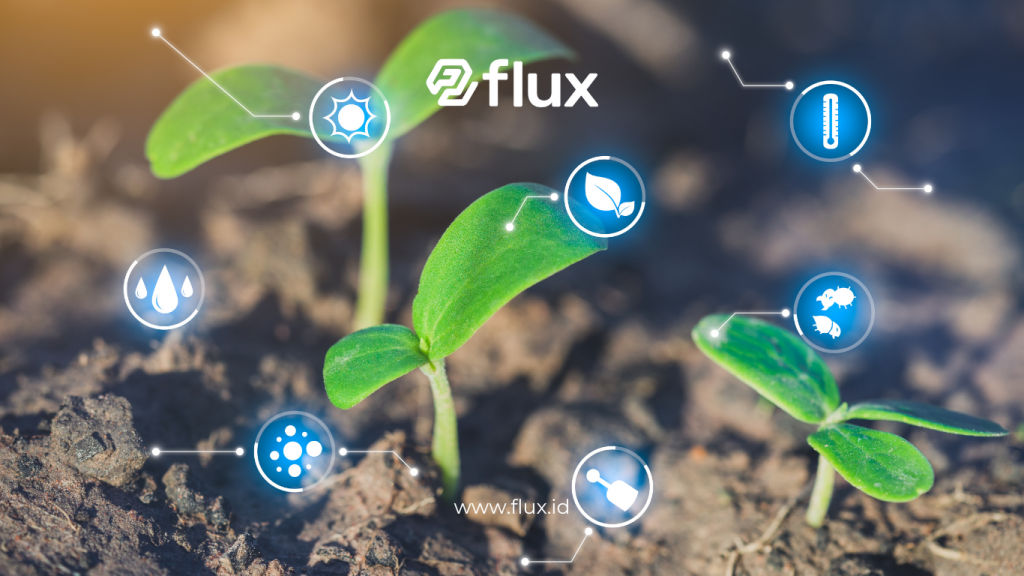
Read More: Optimizing Modern Agriculture: The Role of IoT in Enhancing Harvest Yields
1. High Implementation Costs
Acquiring IoT devices, sensors, and automated systems requires a significant initial investment. This can be a challenge for small-scale farmers.
2. Dependence on Internet Connectivity
Since IoT systems rely on internet connectivity, fields in remote areas with limited access to the internet may struggle to fully adopt the technology.
3. Device Maintenance and Repairs
IoT devices require routine maintenance and occasional repairs. Faulty devices can disrupt farm operations, so consistent maintenance is essential.
4. Data Security and Privacy Concerns
Since IoT devices collect large amounts of data, securing it from cyberattacks is crucial. Farmers need to protect sensitive information to avoid data breaches and disruptions.
Examples of IoT Implementation in Agriculture
- Precision Irrigation: Farmers use automated irrigation systems driven by real-time soil sensor data to manage water usage efficiently.
- Crop Health Monitoring: Drones and cameras inspect crop health, enabling farmers to detect early signs of pests or disease.
- AI-Powered Pest Control: Smart cameras use AI to detect pests, allowing for immediate intervention to prevent infestations.
The Future of IoT in Agriculture
In the coming years, IoT in agriculture will become more integrated with AI and machine learning. These advancements will enable systems to provide real-time recommendations, helping farmers optimize production.
Furthermore, as IoT technology becomes more affordable, it will be accessible to small-scale farmers. The introduction of 5G technology will also address the connectivity issues faced in remote areas, enhancing IoT adoption across the agriculture sector.
Conclusion
IoT in agriculture is revolutionizing the way farming is managed. By using connected devices and sensors, farmers can monitor, manage, and optimize their operations like never before. Although there are challenges, the benefits of IoT, such as efficient water use, early pest detection, and increased yields, far outweigh the obstacles.
With the future integration of AI, IoT in agriculture will become even smarter and more efficient. Farmers will have access to better tools for data-driven decision-making, helping them achieve greater productivity and sustainability.


